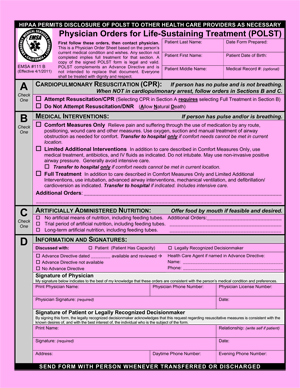|
My Palliative Care Plan

Step 1) Talk to your doctor
The first step is to talk to your own doctor. If your doctor is not already a
palliative care giver, then you should ask for a palliative care referral and
begin to build your palliative team. Your team may include other doctors, pharmacists, therapists, social workers, and nurses who can help you whether you are
in the hospital or at home.
What to discuss:
Tell your doctor you
are considering palliative care and want more information
Ask what palliative
services are available in your area.
Be clear that you want
a plan to control the quality of your life. That you know that the illness
that you have may have many long-term symptoms that
can cause pain and other discomforts. That it is your wish to
create a palliative care plan so you can have some control over what happens.
If you have an advanced
health care directive be sure to provide your doctor with copies of all documents.
Be sure
your doctor is aware of any personal, religious, or cultural beliefs, values,
or practices that are important to consider in your care and treatment decisions.
Explain to your doctor
what quality of life means to you. This may include
being able to spend time with loved ones, how you would like pain and other
distressing symptoms aggressively treated, the ability to make your own decisions
for care and your preferred location of treatments (home vs. in the hospital).

Step 2) Fill out a POLST Form with your doctor
The POLST Form, or Physician
Order for Life-Sustaining Treatment (POLST) Form, will define and direct
all health care personnel who may be called in to help you. You may fill out the
form with the help of a nurse, social worker, clergy, or family. It
MUST be signed by your doctor. You will want to keep it (or copies
of it) posted in obvious places in your home (by your bed, on the refrigerator)
so that emergency personnel or other family members will have access to it.
The California POLST form is bright pink and printed on heavy card stock, it
is made this way to be quickly recognizable by any health care professional.
If your doctor does not have this form - POLST
forms are online in several languages and for specific states within the
United States.
What to discuss:
Tell your doctor what treatments you may or may not want and have him complete
a POLST form with, which will define your instructions for resuscitation if
your heart were to stop, being placed on a mechanical ventilator if your lungs
were to fail, undergoing dialysis if your kidneys were to fail, and artificial
nutrition by a feeding tube if you were unable to eat, and so forth.
|